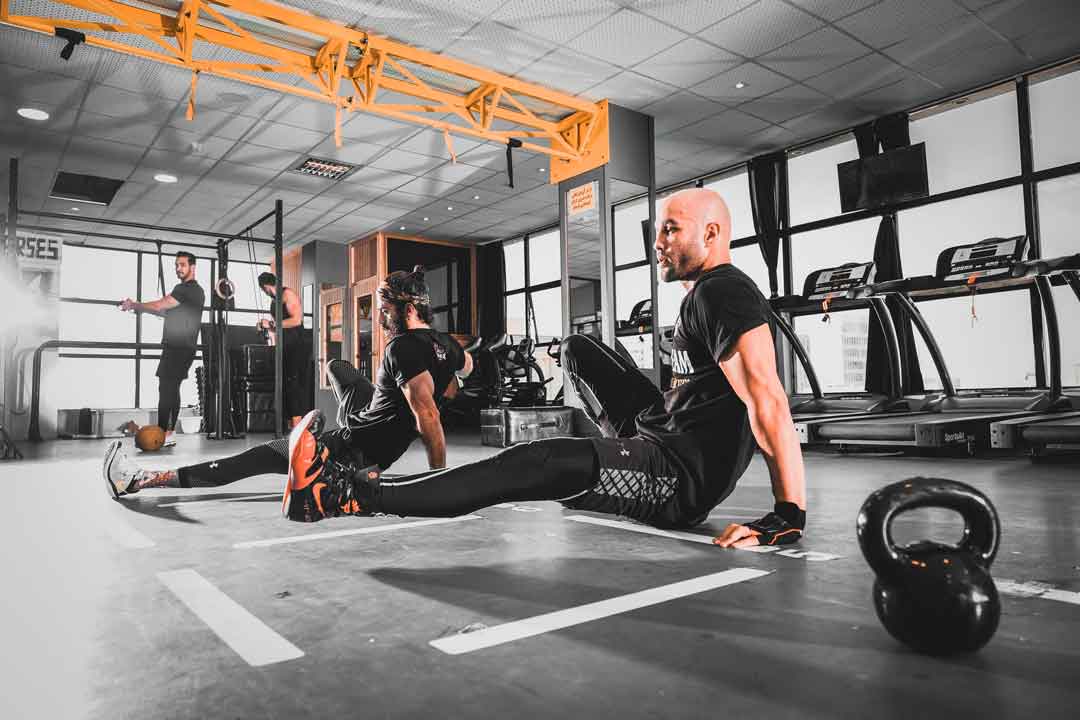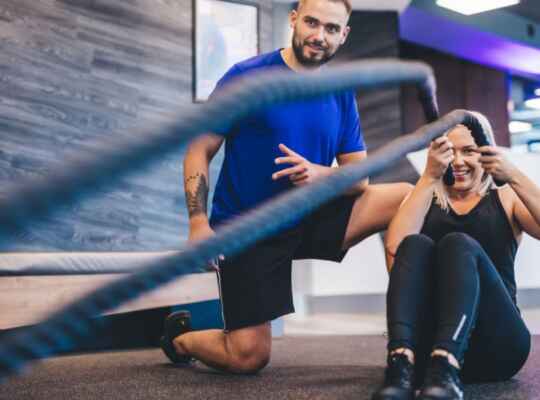- Launch Your Training Today! We're available 24/7 by Appointment Only.
- (615) 329-2747
- info@nextlevelfitness.com
Improving Your Physical Strength Through Corrective Exercise Training

Why Should You Get A Personal Trainer Instead Of A Fitness App?
March 12, 2022How Personal Trainers Can Help You Build Your Own Work Routine
April 9, 2022No matter your age or physical condition, you can always benefit from improving your strength and mobility. Corrective exercise training is one way to help address movement compensations and imbalances so that you can move more efficiently and with greater ease.
When done correctly, corrective exercises can help improve your posture, increase your range of motion, and improve your overall strength. This type of training is adaptable to any fitness level and can be tailored to meet your specific needs. Physical strength means preventing and improving yourself from the following:
Injury Prevention
One of the biggest benefits of corrective exercise is that it can help prevent injuries. Many common injuries occur when the body is forced to compensate for imbalances or faulty movement patterns. By addressing these issues and correcting them, you can help your body move more safely with less risk of injury.
To Improve Or Fix A Bad Posture
If you are looking to improve your posture, corrective exercise can be a great way. Poor posture can lead to several health problems, including neck pain, back pain, and headaches. Corrective exercises can help correct the faulty movement patterns that are often responsible for poor posture.
Corrective exercises can help you achieve and maintain good posture when done regularly. Not only will this help you look better aesthetically, but it will also help relieve stress on your body and improve your overall health.
Improved Muscular Strength, Endurance, And Flexibility
By addressing imbalances and compensations, you can help your muscles work more efficiently; this leads to improved strength, endurance, and flexibility.
Total Body Coordination
Improved total body coordination is another great benefit of corrective exercise. Corrective exercises can help re-train your body to move more efficiently when done correctly; this improved coordination can lead to better balance and fewer injuries.
Facilitate Pain Relief
The root cause of pain is compensation or imbalance. Corrective exercises can help correct these imbalances and help reduce your pain.
When practiced consistently and mostly when blended with chiropractic therapy and acupuncture, corrective exercises may help relieve a variety of illnesses, including sciatica, neck and joint disorders. Even though the effects aren’t always long-lasting, they may provide immediate comfort if properly implemented.
Improve Your Self-Worth
Repetitive exercise may aid you in taking an active role in your treatment and improving your ability to complete day-to-day activities.
A Better Sense Of Overall Well-Being
People may feel healthier and happier as a result of effective corrective movement exercise. The exercises help improve the quality of life and promote a better sense of well-being. Improvement areas may be in the mood, relationships, recreational activities, productivity at work, and overall participation in different activities.
If you feel tightness or pain in specific muscles or joints, or if you notice that you are not moving as well as you should, then corrective exercise may be right for you. This type of training can help you identify and correct the issues causing your problems, leading to a more mobile, strong, and pain-free body.
Warning: Trying to access array offset on value of type null in /var/www/wp-content/themes/betheme/includes/content-single.php on line 286




